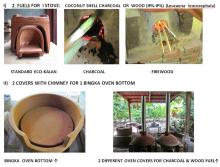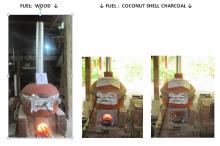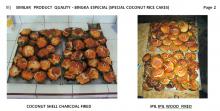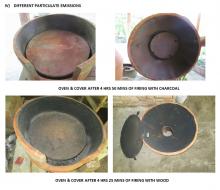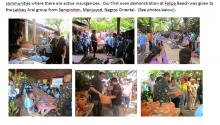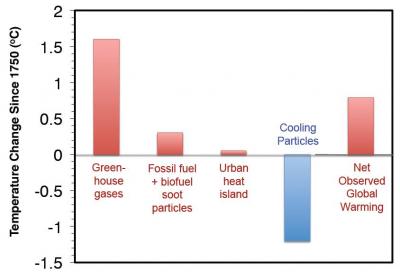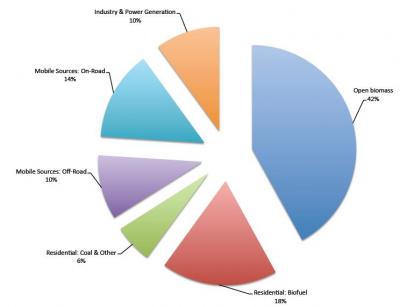Eco-Kalan has adapted their Binkga Oven (named ofter the rice cakes that the ovens make) to use both locally available coconut charcoal and stick wood fuel.
The system uses the same oven bottom, and two different covers, one for wood and one for charcoal. Both ovens can bake high quality Bingka rice cakes, but with two different levels of particulate emissions. (Notice the soot on the wood fired oven). However, both ovens are cleaner than the hornohan stove that Eco-Kalan would like to replace.
The Bingka Oven works over a range of cooking temperatures (325 deg. F - 500 deg F) and has can cook both bingka and torta breads (with or without filling). Rebecca is anticipating that it will also work for a wide variety of other baked goods.
They have demonstrated the oven for local parents, teachers, government officials, and others. They have also reached out to people who work with remote communities that in the mountains. The first commercial production will target bakers who are preparing the bingka and torta on the more common and smokey hornohan stoves and anticipate the newer stove will give these bakers the ability to make high quality goods with lower costs and improved health.
See the attached files for details.Air Jordan Release Dates 2020

